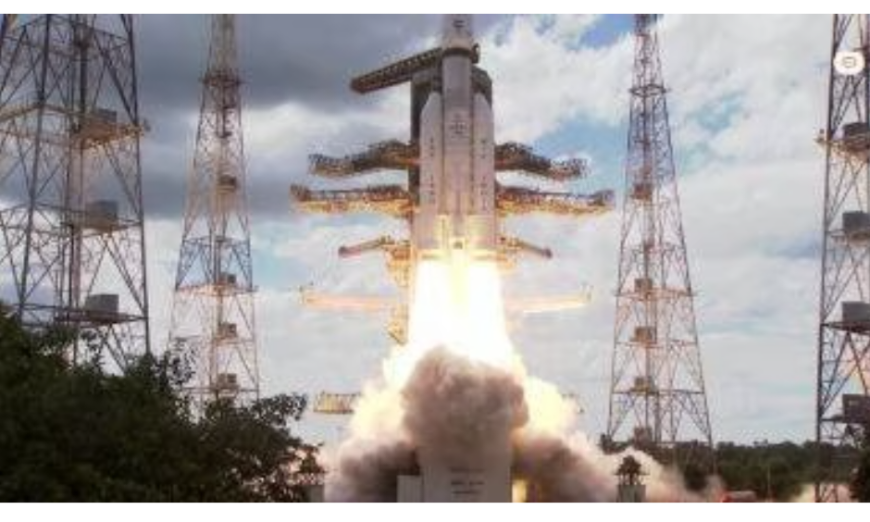India has launched its Chandrayaan-3 mission, which aims to explore the south pole of the moon by rover, completing a scientific mission that was first attempted in 2019 but ended in catastrophic failure due to a software glitch.
India has successfully launched its latest mission to the moon, Chandrayaan-3. The spacecraft is designed to explore the south pole of the moon, which has water reserves that could help make a permanent lunar base possible.
The Indian Space Research Organisation’s Chandrayaan-3, which takes its name from the Sanskrit word for “mooncraft”, took off onboard a Launch Vehicle Mark-III rocket from the southern state of Andhra Pradesh at 2:35pm, local time, on 14 July.
The preceding Chandrayaan-2 mission ended in failure in 2019 when a software glitch caused the lander to crash into the surface of the moon. The Vikram lander carried on that mission was meant to deploy a six-wheeled rover named Pragyan that would have explored the moon’s south pole, but both were destroyed on impact.
The earlier Chandrayaan-1 mission consisted of a lunar orbiter and a probe designed to deliberately hit the moon at speed, again targeting the south pole. That mission was a success and made India the fourth nation on Earth to leave its flag on the moon.
To date, only the US, the USSR and China have successfully landed lunar missions intact. A private attempt by a Japanese start-up in April ended unsuccessfully when it, too, crashed into the surface at speed.

